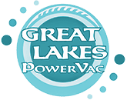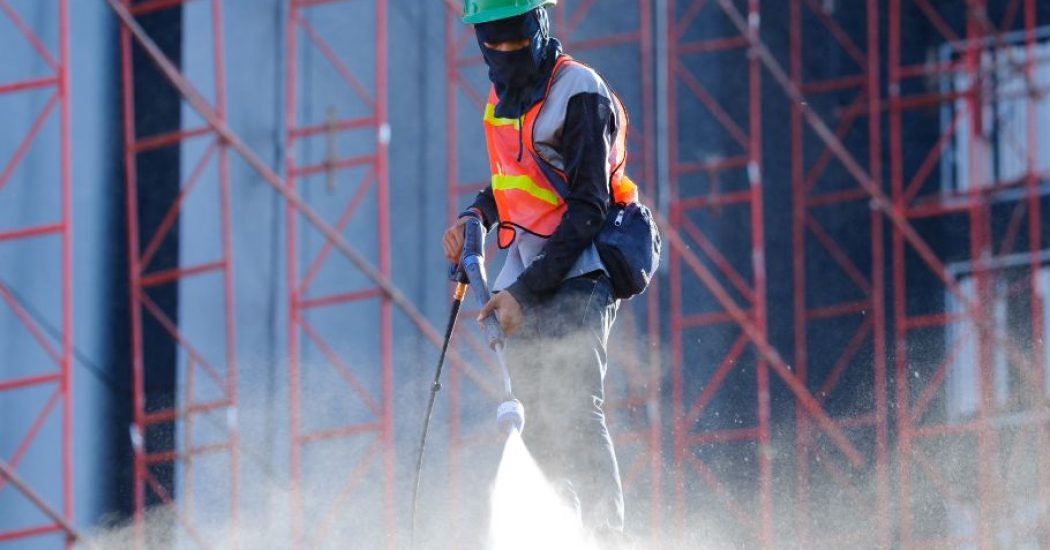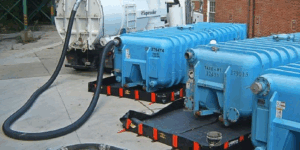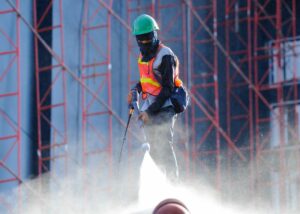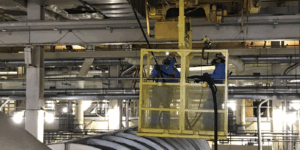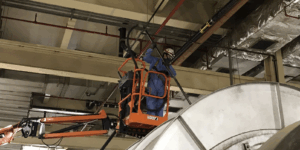Hydroblasting, or high pressure water blasting, is a powerful cleaning method widely used across industries for surface cleaning, scale removal, and equipment maintenance. Its ability to deliver effective results without harsh chemicals makes it a preferred choice for many. However, because hydroblasting uses water jets at extremely high pressures sometimes tens of thousands of PSI it poses serious safety risks if proper precautions are not taken.
For safety officers, contractors, and maintenance teams, understanding and implementing hydroblasting safety practices is crucial to protect workers and equipment. This article covers essential best practices including equipment handling, personal protective equipment (PPE), training, and safe work procedures that reduce the risk of injury and accidents on the job.
Understanding the Risks of Hydroblasting
Before discussing safety protocols, it’s important to grasp the potential hazards:
- Water Injection Injuries: The water jet can penetrate skin causing deep tissue injuries that may not be immediately visible but require urgent medical attention.
- Kickback and Loss of Control: Sudden recoil from high pressure jets can cause operators to lose grip on the nozzle.
- Flying Debris: Water jets can dislodge particles and debris that can injure eyes or skin.
- Slips and Falls: Wet surfaces around the work area can become slippery hazards.
- Noise Exposure: The pumps and jets produce loud noises potentially harmful to hearing.
- Chemical Hazards: Sometimes additives or cleaning agents are mixed with water, adding chemical exposure risks.
Mitigating these hazards demands strict adherence to safety procedures and use of proper equipment.
1. Proper Equipment Selection and Pressure Control
One of the first steps in ensuring safety is selecting the correct equipment and pressure for the job.
- Use hydroblasting pumps and nozzles appropriate for the surface or material being cleaned.
- Always start at a lower pressure and gradually increase to the necessary level.
- Avoid using maximum pressure unless absolutely required.
- Ensure operators understand how to read and adjust pressure gauges.
- Consult manufacturer guidelines for maximum pressure limits.
Incorrect pressure settings not only damage equipment but also increase risk of injury or property damage.
2. Nozzle Handling and Control Techniques
Controlling the water jet nozzle is essential to maintaining safe operations.
- Maintain a firm two handed grip on the nozzle to prevent sudden movement.
- Always be aware of the nozzle’s direction never point it towards yourself or others.
- Move the nozzle smoothly and steadily; avoid sudden jerks that can cause loss of control.
- Use nozzles designed to spread or reduce pressure where appropriate for safety.
- Use safety lanyards or restraints on the nozzle to prevent accidental drops.
Good nozzle control helps prevent accidents caused by unpredictable water spray or kickbacks.
3. Comprehensive Personal Protective Equipment (PPE)
Hydroblasting demands full PPE to protect operators from high pressure water, debris, and noise.
- Eye protection: Safety goggles or full face shields are essential to protect from flying particles and water spray.
- Waterproof protective clothing: Waterproof suits or coveralls reduce skin exposure to high pressure water.
- Heavy duty gloves: Waterproof gloves protect hands and improve grip.
- Steel toed, waterproof boots: Prevent foot injuries and provide slip resistance.
- Hearing protection: Earplugs or earmuffs help prevent hearing damage from loud pumps.
Regularly inspect and maintain PPE to ensure it remains effective.
4. Operator Training and Certification
Proper training is the foundation of safe hydroblasting.
- Operators should receive formal training covering equipment use, safety procedures, and emergency response.
- Training must include hands on practice for nozzle handling, pressure control, and PPE use.
- Certification programs help verify operator competence.
- Refresher courses keep skills up to date and introduce new safety standards.
A well trained operator is the best defense against accidents.
5. Site Preparation and Safe Work Practices
Before starting hydroblasting, prepare the work site to minimize risks.
- Conduct a site hazard assessment to identify electrical hazards, confined spaces, or fragile structures.
- Secure the area to keep unauthorized personnel out.
- Use warning signs and barriers.
- Establish clear communication methods such as radios or hand signals.
- Maintain a safe working distance from the nozzle spray.
- Have emergency procedures and first aid equipment readily accessible.
Preparedness ensures smooth operations and rapid response to incidents.
6. Equipment Maintenance and Inspection
Regular inspection and maintenance prevent equipment failures that could lead to accidents.
- Check hoses, nozzles, pumps, and fittings before each use for signs of wear or damage.
- Replace worn or damaged parts immediately.
- Follow manufacturer recommendations for pump maintenance and pressure relief valve checks.
- Ensure all safety devices are operational.
Proper maintenance extends equipment life and safeguards operators.
7. Additional Safety Tips
- Never bypass safety devices or modify equipment without approval.
- Avoid working alone; have a buddy system or supervision.
- Be mindful of runoff water and contain it to prevent slips or environmental hazards.
- Avoid hydroblasting near electrical equipment unless properly isolated.
- Document safety checks, incidents, and operator training records for continuous improvement.
Conclusion
Hydroblasting is an incredibly effective cleaning and maintenance method, but the high pressures involved make it potentially hazardous. Adopting comprehensive hydroblasting safety practices including proper equipment selection, PPE, operator training, site preparation, and maintenance is essential to prevent accidents and protect personnel.
Safety officers, contractors, and maintenance teams who prioritize safety not only reduce injury risk but also improve operational efficiency and equipment longevity. By following these best practices, industries can harness the power of hydroblasting safely and effectively.
Get in touch with us today to discover how industrial water blasting can enhance your maintenance routines and increase operational efficiency. Our specialists are here to provide customized solutions that fit your unique requirements.
Frequently Asked Questions (FAQs)
Q1: What personal protective equipment (PPE) is essential for hydroblasting?
A: Essential PPE includes eye protection (goggles or face shields), waterproof protective clothing, heavy duty gloves, steel toed boots, and hearing protection.
Q2: How can operators safely control the pressure during hydroblasting?
A: Operators should select appropriate pressure settings, start low, increase gradually, and maintain a firm grip on the nozzle at all times.
Q3: What are the most common hazards during hydroblasting?
A: Common hazards include water injection injuries, slips and falls, flying debris, equipment kickback, and noise exposure.
Q4: Can hydroblasting be done safely without formal training?
A: No. Due to the risks involved, only trained and certified operators should perform hydroblasting.
Q5: How often should hydroblasting equipment be inspected?
A: Equipment should be inspected before every use and maintained regularly according to manufacturer guidelines.
Contact us today to learn how to implement safe hydroblasting practices tailored to your operations. Our team of experts can provide training, equipment advice, and safety assessments to help protect your workforce and enhance productivity.
